Modern and contemporary literature offers a lot to nature lovers. There are many memorable books, from the beautiful ‘The invention of nature’ by Andrea Wulf to ‘Walden’ by Thoreau, from the now famous ‘Into the Wild’ by Krakauer (the book from which the film Into the Wild was based) to the great essay by Merlau-Ponty in which the French thinker presents and discusses the most important reflections of Western philosophers dedicated to nature.
Today I will take you on a journey through pages of history and imagination …
Relationship between man and nature: a journey through literature
The relationship between man and nature has always been a central theme in literature. Today, in times of environmental crisis, it is important to retrace its history.
The dichotomy man-nature has been a subject of literary production since the dawn of society.
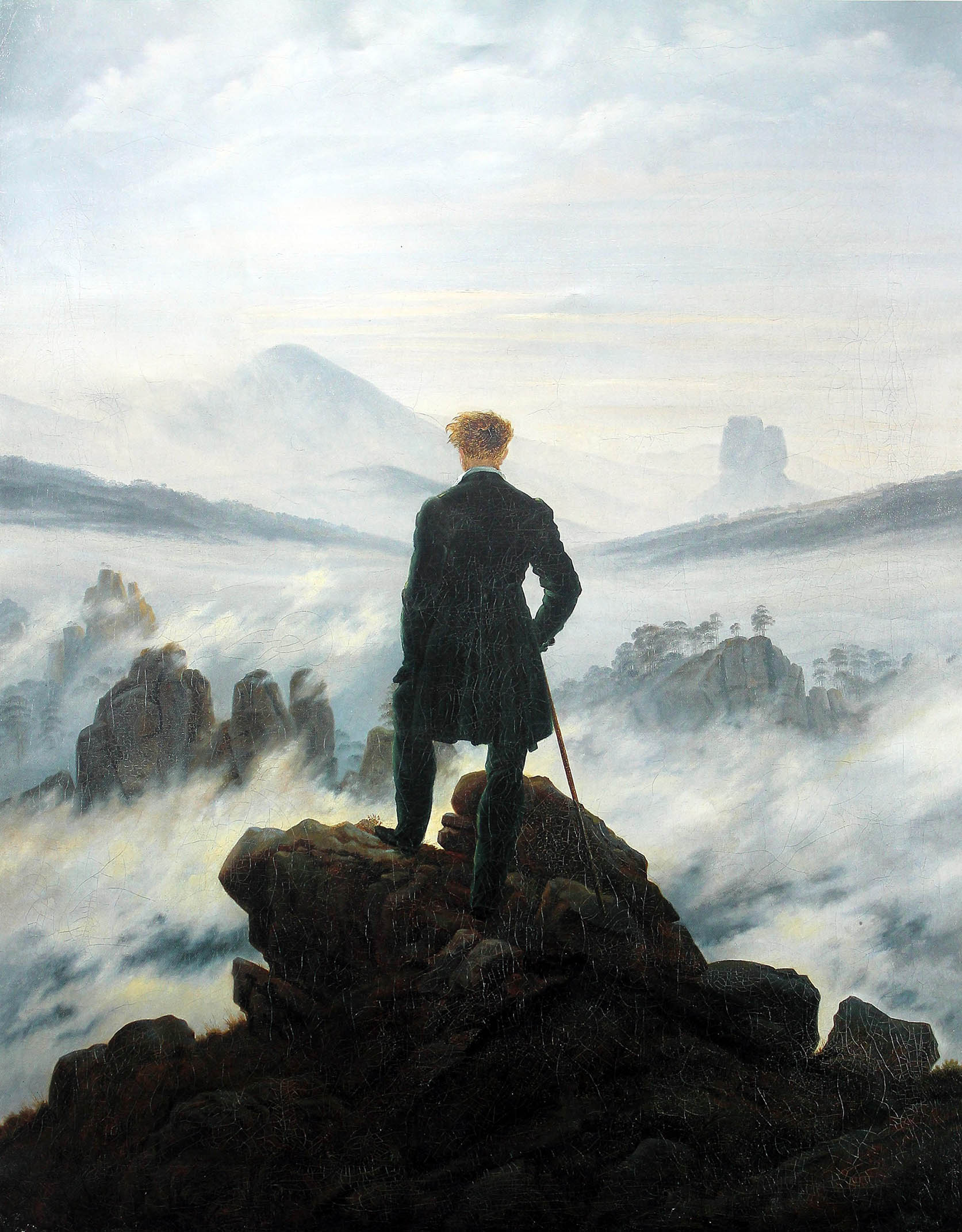
However, this relationship pre-dates the development of any human creative faculty as Professor Lawrence Buell of Harvard University states. He is in fact one of the founders of eco-criticism, or the study of our relationship with what surrounds us through the analysis of literary works. An innovative subject, which has also spread to universities, fundamental for analyzing how human vision has changed over the centuries, but also for understanding the phenomena that have led us to such a serious environmental crisis.
Where do we start from?
This eco-critical journey can certainly have the classical tradition as its only starting point. Through the creation of an intricate cosmogony, Greek civilizations are the first to transform the elements of the environment into Gods. The Earth becomes Gaea, the sea Poseidon, the wind Aeolus and so on. Deities with human traits and behaviors capable of influencing natural events with their impulses. This vision would be so deeply rooted that it also influenced the Iliad and the Odyssey, but also from the sixth century onwards, the philosophical investigations on the original substance of all things, identified mainly in elements such as water, fire and air.
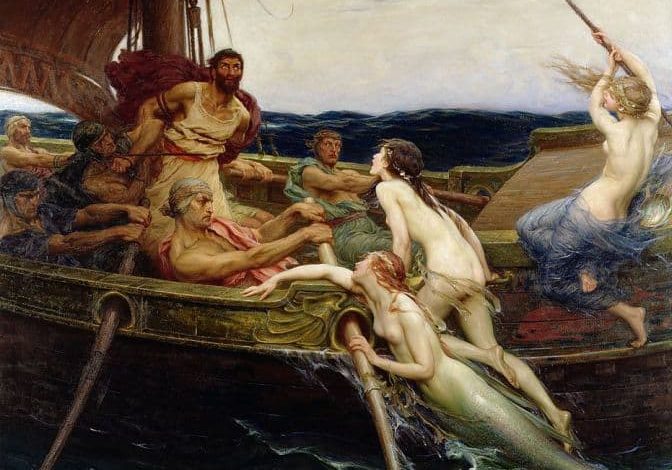
The Latin tradition certainly owes a lot to the Greek tradition, creator with Virgil del topos a literary of the “locus amoenus” a natural paradise where only beauty and harmony reign.
A new symbology: when does a radical change take place?
The turning point comes with the spread of Christianity. New symbols are adopted: the ear of corn, the bunch of grapes, but also the dove and the lamb. From here a dense network of meanings will be established which will be the basis of the Provençal lyric. The rose in particular is an object of veneration as a synthesis of feminine perfection. A combination that will also inherit the Stilnovista poetry of Dante and Petrarch, just think of the play of meanings on the “laurel”, on which the whole Canzoniere is based.
A point of departure from tradition comes with the discovery of America. The first explorations begin and with them the travel reports of the conquistadors and missionaries. Here the descriptions of these exotic and wild places distort the concept of the relationship between man and nature, but also of spaces, which become prey to European colonial appetites.
From the sublime to the resistance
The centuries following the geographical revolution are characterized by a return to the Greek-Latin rationality of the origins. Canons and themes are dusted off, in particular the Virgilian one of the locus amoenus. However, already at the end of the eighteenth century a real rebellion began. Thus was born Romanticism which considers every natural element as an inner manifestation. A new relationship is established with the world which ceases to be the background of human dramas. Nature now plays the role of a merciless observer and judge, capable of arousing a mood as turbulent as the sublime. In Italy Foscolo and Leopardi will be masters in describing this “horrendous that fascinates”.
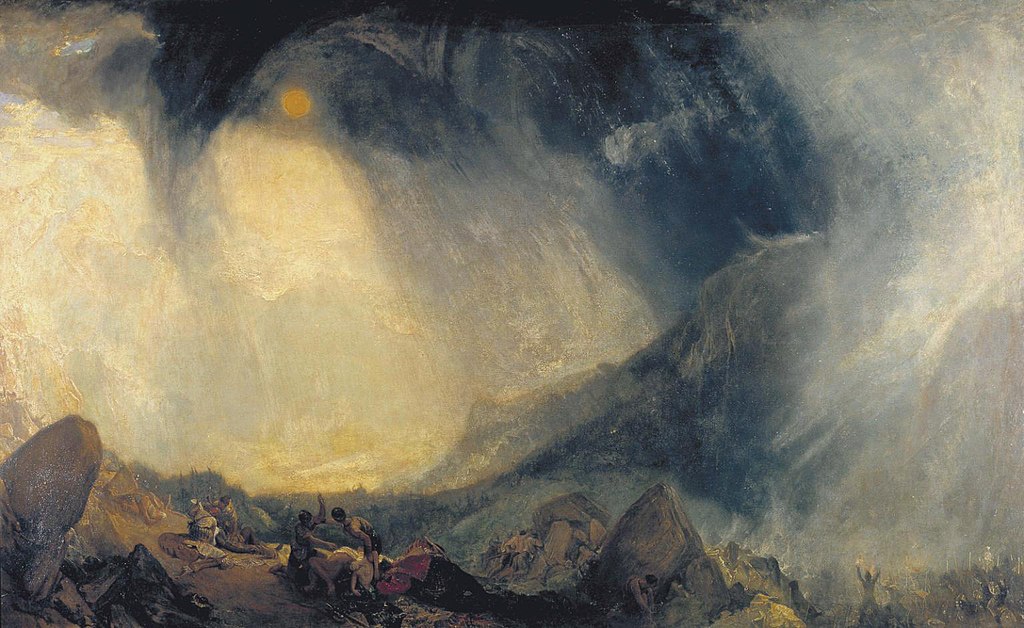
A wild phenomenon of industrialization also began in the nineteenth century. It follows the destruction of an environment that until now had been represented in its entirety. The disfigurement of what surrounds us also coincides with the annihilation of man himself, as Dickens denounces and in Italy especially the Verists.
The twentieth century is inevitably shaken by two world conflicts that upset the very concept of life, but also of nature. For some it is evil and heedless of its children, for others like Calvino it becomes a sanctuary and a place of protection for resistance and the ideals of freedom.
What happens in the contemporary era?
From the twentieth century to the present, many literary genres have developed that have mainly shown a disillusioned perspective on the environmental level. With the first environmental complaints of the 1970s, an important dystopian and science fiction trend developed. Among the most famous names certainly stand out James Ballard and Philip K. Dick, author of the famous Blade Runner.
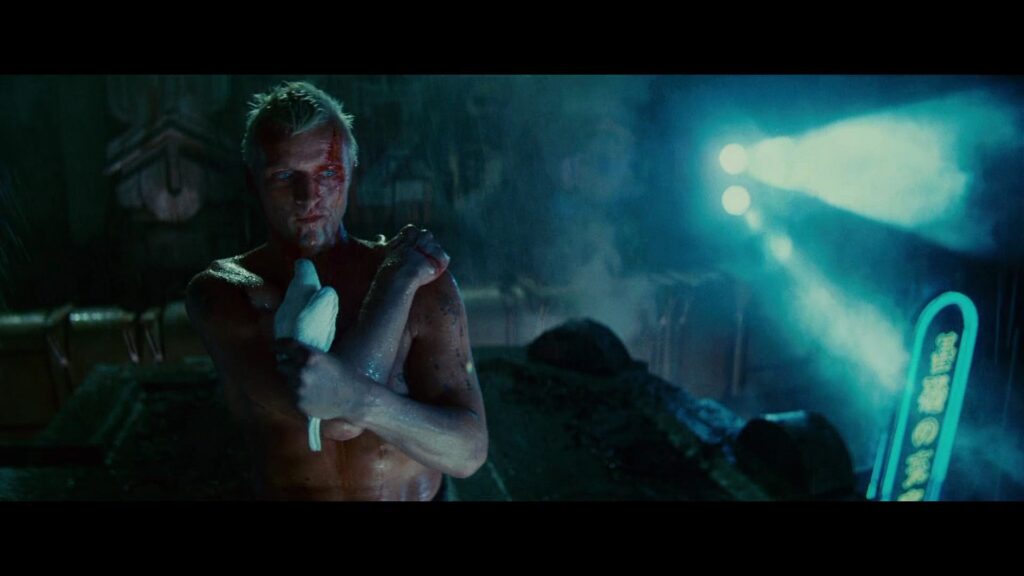
The apocalyptic scenarios of these works are certainly pessimistic compared to today’s environmental decline. However, it is precisely the intent of these authors to terrify us readers. Their vision of the relationship between man and nature is aimed at an admission of guilt for having destroyed our own home. An unforeseen awareness, especially now that our time is running out.
A small list: 4 books to read to rediscover our connection with nature
In this period we need to go back, at least with the imagination, to observe and walk through woods, forests and beaches. We can do it with books.
Nothin as reading in this period could come to the rescue to overcome these days, which often seem very long. It’s true, we miss our favorite woods, we miss diving into those places that make us feel good. Here then is that books can help us to work our imagination, our fantasy and why not, our memories. A way to experience nature at home, recreating that sense of well-being that the environment transmits to us. So I thought of making a short list of titles that should be read or reread to enjoy the sensations that only natural landscapes can give us.
Le balene lo sanno. Viaggio nella California messicana by Pino Cacucci
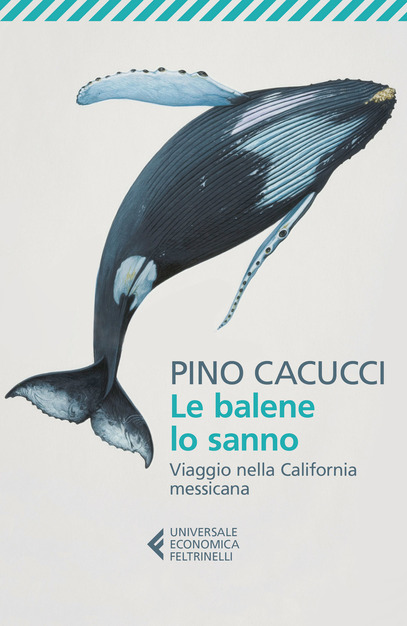
Book on the wild nature of Baja California, but also a book of encounters with singular characters with bizarre stories, legends of pirates and hidden treasures. And then the title whales, the gray whales that reach the three protected coves of the Californian peninsula between January and March to reproduce. The United States of Mexico was the first country in the world, as Pino Cacucci reminds us on his journey along the Carretera Federal 1, to pass a law to protect these places since 1946. The largely desert landscape of Baja California makes background to this journey into nature where the ocean offers perfect waves for surfing and gigantic cacti hold hundreds of liters of water in an area where it can happen that it does not rain for years and years.
Pino Cacucci manages to immerse the reader not only in the natural landscape of Baja California, but also and above all in a human landscape inhabited for millennia as evidenced by the ancient cave paintings discovered by archaeologists. He happens to get lost in the author’s stories, as well as in the descriptions of the majestic cetaceans that populate the waters. Animals of surprising intelligence with which Baja California fishermen and sailors have been interacting for centuries. A book about the lesser known nature of Mexico, a travel guide for those who decide to follow in the footsteps of the writer.
Antartide by Francisco Coloane
The southernmost borders of Tierra del Fuego, its turbulent waters along the Strait of Magellan, shipwrecks, legendary beings and common men, sailors in search of treasures and dreamers in search of love. Ten short stories written by Francisco Coloane, one of the greatest and most important authors of Latin America. The landscape is that of Patagonia, at the center of maritime and sentimental traffic, the island of Chiloe, in the extreme south of Chile. Pieces of life told by Francisco Coloane, with the excellent translation by Pino Cacucci, of which we have seen Le balene lo sanno.
Antartide s a collection of tales about the wild nature of Patagonia where giant icebergs appear from the fog like ice palaces, men in diving suits explore shipwrecks sunk along the Strait of Magellan, while stories of mermaids and buried treasures are told around the fire. Francisco Coloane uses precise words, exact in describing a landscape of which he seems to know every corner. A tireless traveler of southern Patagonia, the author has crossed it far and wide, on foot, on horseback and by ship, giving us wonderful narratives of the most remote corners of this terra incognita. We owe it to his pen if today part of this mysterious landscape is closer to us. For anyone looking for lost lands where to get lost for a few hours, a poetic and enchanted literary journey into the wild nature of Tierra del Fuego.
A Thousand deaths – Jack London
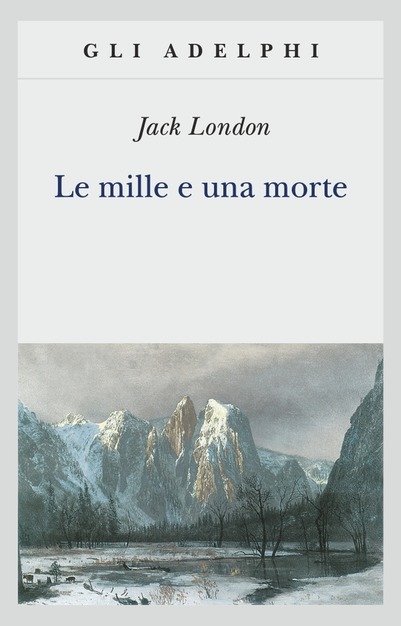
London and nature are companions in life, literature and adventure. The San Francisco-based writer found his “fortune” in animal guts and soul novels, such as The Call of the Wild and White Fang. He has seen all the implications of the relationship between the natural world and the human world: marine adventures, heroic animals and cruel and savage stepmother nature like that of Alaska. In fact, nature is not so much vitality as the risk of losing one’s life, in a thousand different ways, unexpected, or banal, serene or cruel.
In this collection of stories there is the sum of all this: there is Bâtard, the eternal challenge of man against the dog, a relationship of relentless hatred. There is the sultry, dark and threatening Polynesia (almost like Colonel Kurtz’s Vietnam) of the Red One. And there is, above all, To Build a Fire tragedy fire set in the white and gray of the Klondike, on the Yukon River. We are at sixty degrees below zero: a man is walking with his husky to return to base camp. He wants to join his friends before sunset: but the cold is a knife, he slowly begins to freeze. Man and dog become more and more distant and suspicious of each other. It is the story of a man who sees the last face, the truest, the most solitary, of nature, the great antagonist.
Walden – Henry David Thoureau
When it comes to books that narrate the relationship between man and nature, one cannot fail to mention the masterpiece of Thoureau, the progenitor of the genre and wonderfully written. In a sense, Thoureau did an experiment “similar” to McCandless’s. He tested himself, trying to live in poverty and simplicity, appreciating the nature in which he was immersed. The writer lived in a simple hut, which he built himself, on the shores of Lake Walden that gives the book its title, in Massachusetts.
Published in 1854, it surprises for the incredible contemporaneity in the descriptions that Thoureau gives of nature, of its cycles, the intensity and the surprise that this man feels in front of apparently simple spectacles (the leaves that change color, the reflection of the sky on the lake, nature that first becomes welcoming and then impervious, majestically frightening) and which instantly arouse in him the respect and love we owe to the world around us. The philosophical thought that draws from it is so modern that this writing became, in the sixties of the last century, a symbol of the so-called American “counterculture”, of what will later be defined as the beat generation.
From Cape Wrath to Finisterre: Sailing the Celtic Fringe by Björn Larsson
It is the logbook kept by the writer over the years on a boat, sailing the Atlantic and the North Sea. At sea it happens that thoughts follow the mood of the wind and the movement of the waves, and that you feel a prodigious need for freedom. By sea, chasing your dreams is not a metaphor: you go, setting your sails, accepting uncertainty, surrounded by nature in its overwhelming beauty.
There is a pleasure in the woods, Lord Byron.
There is a pleasure in the pathless woods,
There is a rapture on the lonely shore,
There is society, where none intrudes,
By the deep Sea, and music in its roar.
I love not Man the less, but Nature more,
From these our interviews, in which I steal
From all I may be, or have been before,
To mingle with the Universe, and feel
What I can ne’er express, yet cannot all conceal.





